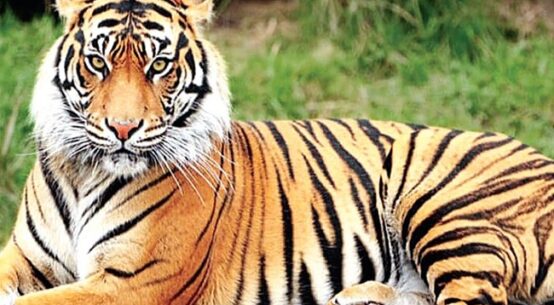Considering the importance of hilsa fish in the country’s dietary needs, economy, and the livelihood of fishermen, Bangladesh has long made several conservation attempts to increase the population of the fish. Most of these attempts have been a success.
However, in recent years, fishermen are experiencing smaller catch on their usual route even after the three-week bans twice a year for the protection of the fish’s spawn.
Abdul Gaffar Majhi, a fisherman in the coastal district of Patuakhali in Bangladesh, has fished the Rabnabad Channel for the past two decades. He says he can still remember the first time he caught a huge hilsa fish there. But that was years ago, and he says he hasn’t seen any hilsa recently in this channel or any of the nearby rivers.
Hilsa (Tenualosa ilisha) is far and away the most important fish in Bangladesh, as a key source of both nutrition and livelihood for millions. And while the government has invested heavily in its conservation in an attempt to boost production, fishers here continue to report declining catches.
A 2015 study identified several factors contributing to the depletion of the hilsa fishery, including increased salinity, low water flow in the country’s major rivers, the construction of dams upstream and downstream of fishing areas, increased river siltation, and pollution from human settlements, industries and agriculture.
Hilsa are an anadromous species, living mostly at sea, but migrating upriver to spawn in freshwater. However, elevated salinity levels and river water contamination are thought to affect hilsa migration. The study suggested that salinity, temperature and conductivity all impact water quality and the solubility of dissolved oxygen in water, which are factors in fish migration.
There’s also the issue of climate change, which scientists say is driving a decline in the number of eggs that the fish lays. The Bangladesh government’s Soil Resources Development Institute (SRDI) notes that salinity levels in rivers increase as the sea level rises, harming anadromous species’ ability to reproduce. And for juvenile hilsa, the relocation of spawning grounds further downstream also impacts chances of survival.
Anisur Rahman, chief scientific officer at the Bangladesh Fisheries Research Institute, said the combination of anthropogenic activities, the effects of climate change, increased siltation, and rising river basins were all causing the hilsa’s migratory routes and breeding habitats to be interrupted, moved, or even eliminated. Pollution is causing hilsa to migrate from rivers to the deep sea, he added while the increased number of trawlers and other vessels is also contributing to the hilsa shortage.
A 2020 study on fish diversity, which included hilsa in the Andharmanik River Sanctuary, showed that various human activities, including the establishment of a 1,320-megawatt coal-fired power plant, have had led to decreased water flow and depth in the study area. The Andharmanik River’s fish stocks and diversity have gradually declined due to human activity and increased fishing pressure, the study found.
Zia Haider Chowdhury, head of the government’s hilsa conservation initiative, said that despite the ongoing pressures, “we are still getting enough fish in the water, and we are trying to address the issue for the sake of sustainable abundance of the national treasure.”
Hilsa: A national treasure
Bangladesh’s total production of hilsa for the 2020-2021 fiscal year was 565,183 metric tons, according to a government report, around 65% of which came from the sea and the rest from inland rivers.
The fish is a key export commodity for the country, bringing in important foreign exchange revenue. It accounts for around 12% of overall fish production in Bangladesh, or the equivalent of about 1% of national GDP. Around half a million fishers are directly dependent on hilsa production for their livelihoods, and another 2 million are dependent indirectly.
To conserve the species, the government has launched several initiatives, including declaring six hilsa sanctuaries where fishing is restricted, and imposing a ban on catching hilsa during two breeding seasons. The first ban of the year is in March-April, in all hilsa sanctuaries except the Andharmanik River. The second ban is in November-January in the Andharmanik sanctuary.
The government has also introduced compensation packages for fishing households living in poverty, to tide them over during the ban period.
(This article is republished from Mongabay under Creative Commons License)
Abu Siddique is Mongabay’s Contributing Editor for Bangladesh. He has worked for several of the leading national dailies including Dhaka Tribune, Daily Sun and The Business Standard, and has explored the remotest corners of the country in search of stories.

